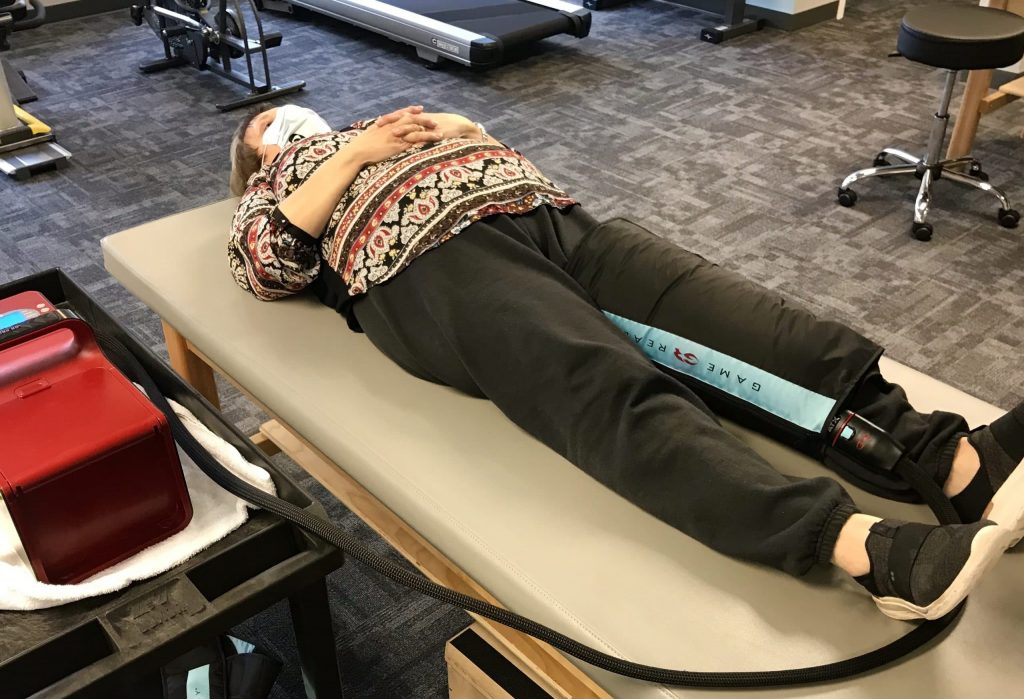Temperature Therapy: When to Use Ice vs. Heat
Temperature therapy, or therapeutic use of heat or cold, is often the first response we turn to when our bodies are experiencing pain. Treating pain with hot and cold therapy can be extremely effective for a number of different conditions and injuries. Using temperature therapy is a safe self-treatment option that everyone can utilize. The tricky part is deciding on when to use ice and when to use heat. Check out the differences below!
WHEN TO ICE:
Cold therapy is also known as cryotherapy. The primary reason for ice is to control minor pain within 24-48 hours of an injury. It works by reducing blood flow to a specific area which can significantly reduce inflammation and swelling that causes pain. While the inflammatory process is part of our normal, natural, healthy response to an injury, it can also be very painful. Ice can temporarily reduce nerve activity which can alleviate pain.
Think of a freshly sprained ankle, or the toe you recently stubbed on your coffee table. If your goal is to find short-term pain relief, ice could be what helps you within the first 24-48 hours. You should only ice for 15-20 minutes at a time.
Ice is a beneficial use of temperature therapy, but ice is not the answer for all pain. Icing sore muscles, trigger points, or “knots” in your muscles is where the less-trendy cousin of ice (heat) comes in to play.
WHEN TO HEAT:
Heating (thermotherapy) is a very beneficial treatment option for injuries that are older than 24-48 hours. The profound heating effect increases your blood flow to the painful area, bringing more nutrients to the injured area while flushing out the damaged debris. This results in increased healing. Using heat is a great way to relax muscles, increase circulation, and relieve pain of stiff and achy muscles. Heat can be used for a longer period of time than ice but is often most effective within 15-20 minutes.
COMPLETE THERAPY:
Both ice and heat should be included in the overall rehabilitation plan following injury. Using both together is a supplemental way to reduce pain, inflammation, and stress which heavily aides in the recovery process. A rehabilitation plan should also include muscle strengthening, and active recovery to alleviate pain, stiffness, and contribute to full range of motion and recovery.
If an injury is a reoccurring issue, contact Hulst Jepsen Physical Therapy for an injury screening or consultation.

